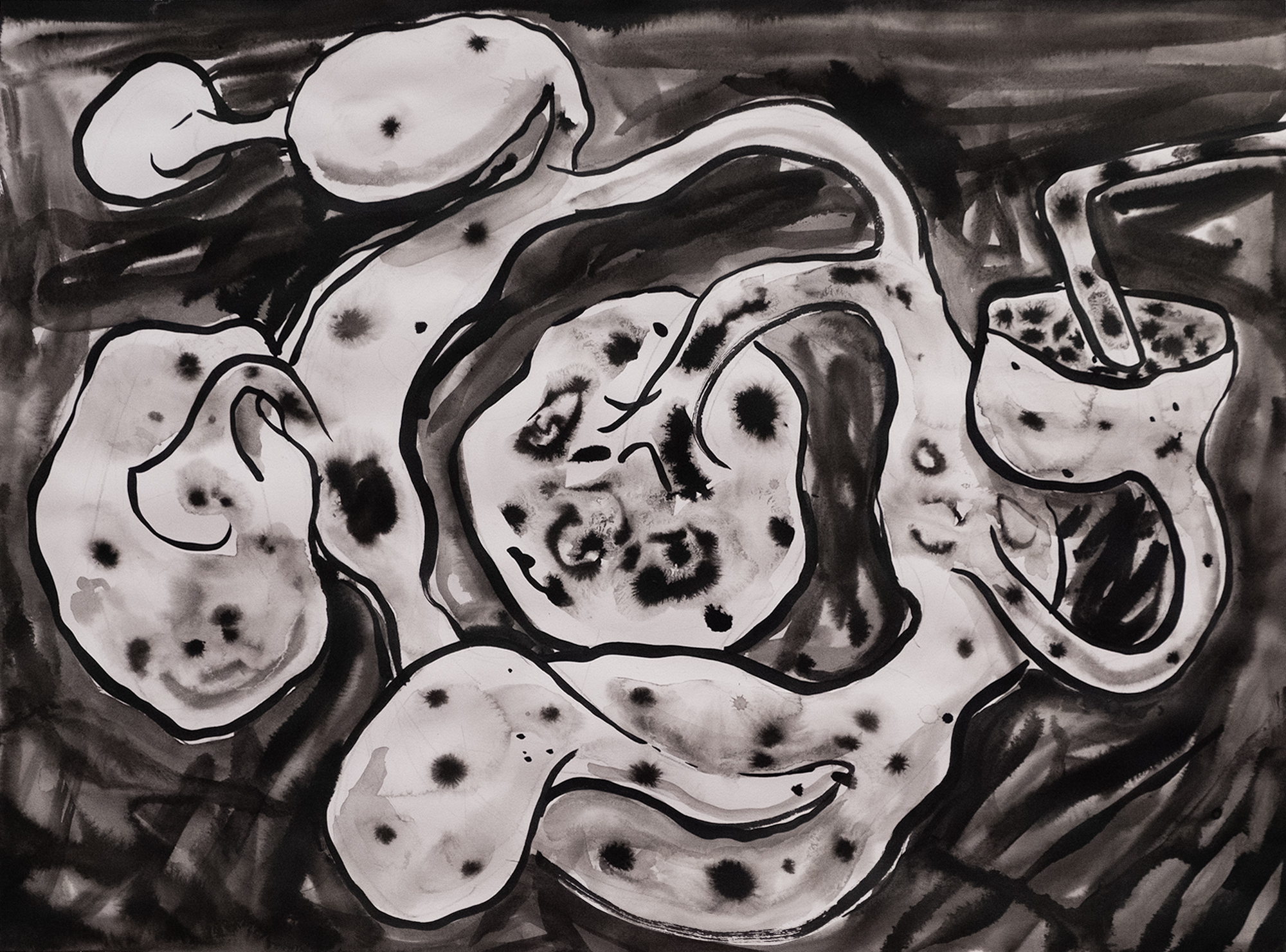SEEe
2015-present


The SEEe project is research to radically expand and shift our capacity to understand and meet human challenges that emerge from the interplay of complex systems. It is built upon a powerful computer gaming platform and provides an immersive, virtual reality (VR) to visualize large amounts of any kind of data, from geo-referenced quantitative data to videos of personal stories. It includes robust conceptual modeling (3D diagramming) tools that offer the ability to build big beautiful models of the understanding we gain as we explore our data, and connect every part of it to the individual data points that support it.

But what makes the SEEe project radical is not the technology, but the way it inverts the way we as a society have tended to interpret and practice the scientific method for centuries so that we meet the challenges of our time. For as long as we can remember, we’ve sought to find the cause of a given problem we’ve observed by forming questions about it, then a hypothesis, and testing it against available data that we can afford and understand, and that we believe directly apply to the problem. Unwieldy data, that we don’t know how to understand rationally or analytically in chartable ways is taken off the table. We use the most narrow and controlled experiments we can to collect new data to determine whether the hypothesis is correct—eliminating ambiguity. If it is, we develop the most elegant and singular solution we can, and find a narrow and controlled way to test it to see if it solves the problem. This is the most powerful and constructive codified thought process in history. It has doubled the average human life span, reduced starvation by 80%, put people on the moon, and given us superb vaccines to prevent us from contracting COVID-19. Why would we want to change that?
We don’t. We want to add something else to it.
While our current interpretation of the scientific method is very good at learning an incalculable amount about the world and solving mind-bending problems, it has not yet allowed us to meet the multi-systemic challenges—what many call the “wicked” problems—that we increasingly face. These include climate change, chronic poverty and growing income inequality, the epidemic of substance misuse, or the number one cause of premature death in the USA, loneliness. That’s because those challenges don’t have one cause; they have emerged over time from myriad factors, enmeshed in one another, produced by the interplay among colliding systems. Many of the factors are qualitative and unwieldy to a point where we don’t really know how to, or can’t afford to, quantify or even understand them. Current scientific practice requires that such factors can be examined to gain context, if possible, but not much else. To do more will require the use of intuition and judgement that cannot always be charted or defended in the ways we often can with quantitative data. Nor will meeting these pressing, multi-systemic challenges using singular solutions. Instead, they will require sustained, multi-pronged strategies. And these points are now broadly acknowledged, across domains. Those on the front lines of meeting these challenges know that our current thinking, and the strategies it produces, haven’t been working for a long time.
And when you think about it, how else could it be? If you use the same toolset long enough, eventually the problems you can solve with it get solved, leaving the problems
While the
and used in VR perception and comparison of 3D forms is greatly enhanced compared to flat screens or surfaces.
We don’t. We want to add something else to it.
While our current interpretation of the scientific method is very good at learning an incalculable amount about the world and solving mind-bending problems, it has not yet allowed us to meet the multi-systemic challenges—what many call the “wicked” problems—that we increasingly face. These include climate change, chronic poverty and growing income inequality, the epidemic of substance misuse, or the number one cause of premature death in the USA, loneliness. That’s because those challenges don’t have one cause; they have emerged over time from myriad factors, enmeshed in one another, produced by the interplay among colliding systems. Many of the factors are qualitative and unwieldy to a point where we don’t really know how to, or can’t afford to, quantify or even understand them. Current scientific practice requires that such factors can be examined to gain context, if possible, but not much else. To do more will require the use of intuition and judgement that cannot always be charted or defended in the ways we often can with quantitative data. Nor will meeting these pressing, multi-systemic challenges using singular solutions. Instead, they will require sustained, multi-pronged strategies. And these points are now broadly acknowledged, across domains. Those on the front lines of meeting these challenges know that our current thinking, and the strategies it produces, haven’t been working for a long time.
And when you think about it, how else could it be? If you use the same toolset long enough, eventually the problems you can solve with it get solved, leaving the problems
While the
and used in VR perception and comparison of 3D forms is greatly enhanced compared to flat screens or surfaces.